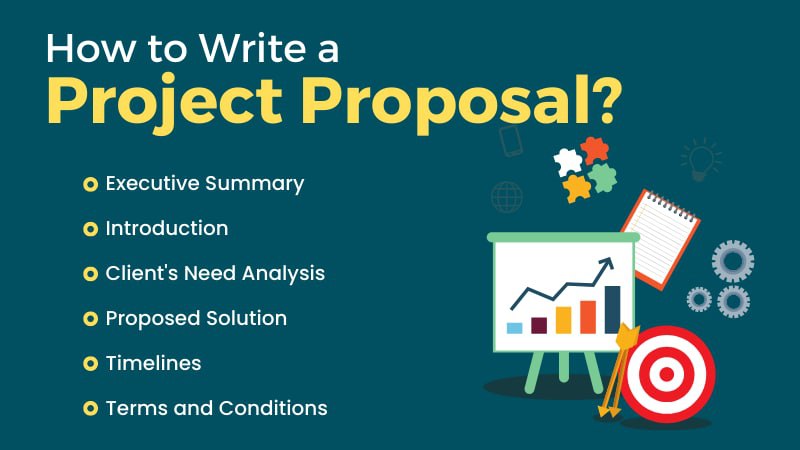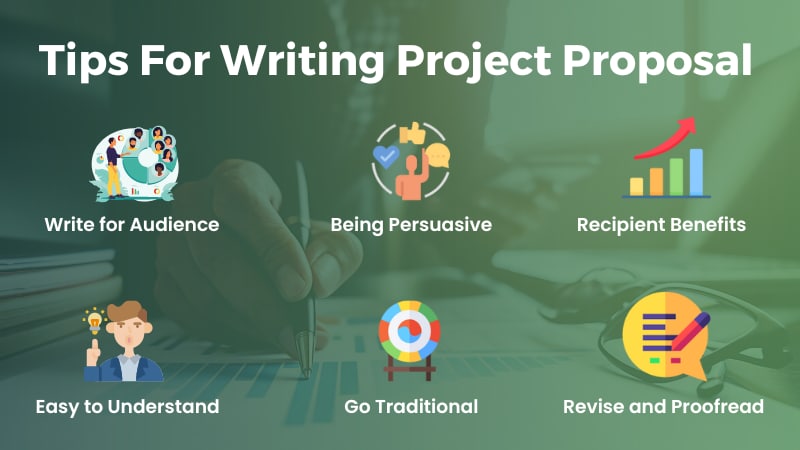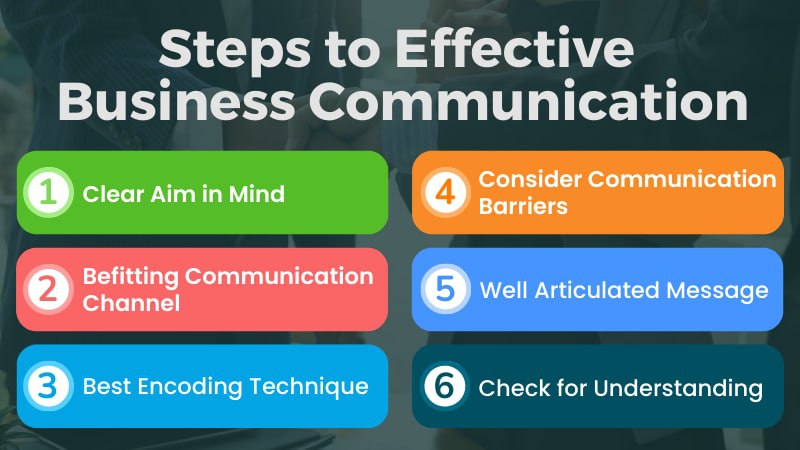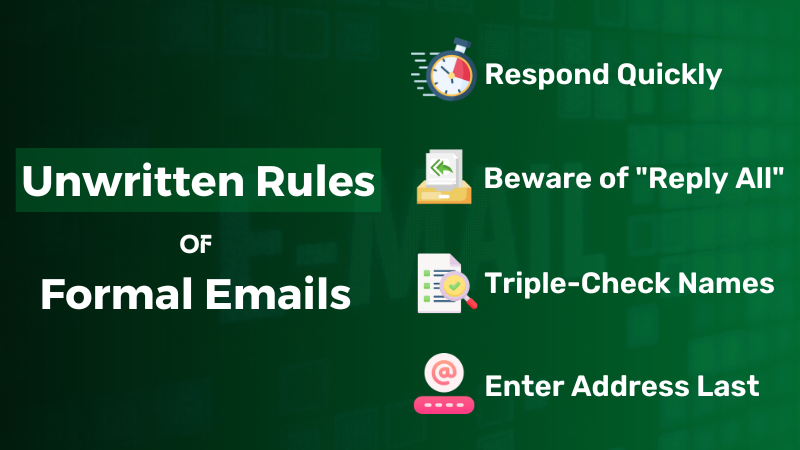How to Write a Business Report
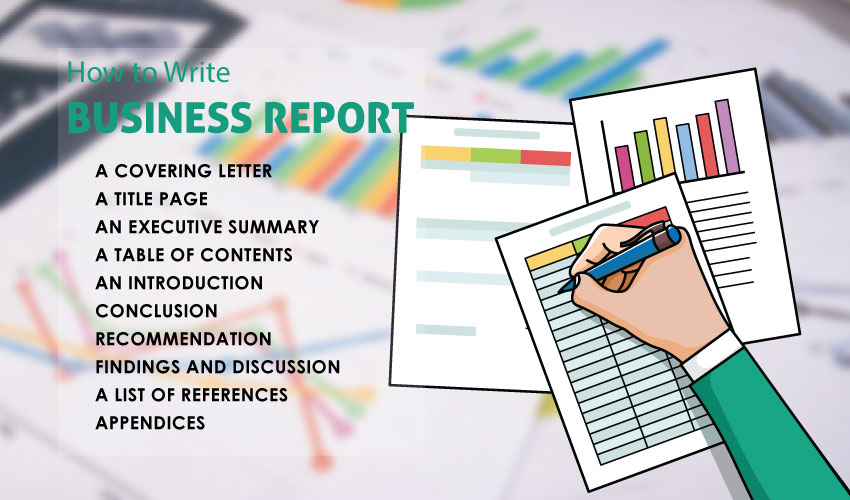
Knowing how to write a quality business report is essential to communicate your ideas across the field of business. These reports typically address a particular issue and help in decision making for the problem concerned. The reports present your findings relating to the issue, then recommend the measure that the organization should take.
The creation of a good report lies in its analysis and interpretation from the findings. The reader will get a clear view of what to do based on conclusions drawn and the recommendations given. Writing a report doesn't require acquiring any special writing skill but just need sharpening the older ones that you already have. Your ideas and research just need to be more structured in the form of reoprt. But don't forget that every report has its own structure and style which will vary according to the purpose and need of the reader. You must always remember to check the requirements for each report before preparing it.
How to Plan for Your Business Report
Before doing anything, planning is very important. So is the case with business reports. They need you to plan, and for that, to answer two important questions:
- Who will read it?
- What is its purpose: what needs solving, to find out what?
The Audience:
You can write a report for your varsity professor, or legislators, medical staff, advocates, taxpayers or all of them. Whomever the audience, you need to understand that they have an idea of what’s happening so your interpretation of the issue shouldn't be too overwhelming/underwhelming for them. You should ask yourself what’s more than you want them to know after they’ve read your findings. You should also be careful that it shouldn't be too bland for the administration nor be an array of technical terms that the general officers can’t understand; it should be a mix of both. Suppose you’re writing a report for a hospital, then the medical staff would be comfortable reading the benefits and risks of medications and treatments, while the administration would focus more on the government rulings how the issue will affect the reputation of their company or so. Always keep reader-specific information.
The Purpose:
Once you understand who your audience is, your purpose should become more evident. You should try to summarize what matters the most; analyze strengths and weaknesses; and recommend the measures based on the data you have presented, if it is asked. Your readers should be able to understand what's going on and have back up data ready as to how that's happening and what should be done to alleviate it.
How to Structure Your Business Report
The following can be a part of your business report:
- a covering letter or memorandum
- a title page
- an executive summary
- a table of contents
- an introduction
- conclusion
- recommendation
- findings and discussion
- a list of references
- appendices
A Covering Letter:
A covering letter is used when the report is for readers who are outside the business. A memo is used when the report is meant for the internal audience of the business. The letter/memo helps to identify the purpose and scope of the business report, the person for whom the report was made and the date when it was to be given in. It also gives the chance to acknowledge the assistance received in writing the report and indicate the future actions to be taken.
A Title Page:
This will tell others about the topic of the business report you're preparing. This should be specific and brief yet descriptive and give readers a clear concept of the report's content. The author's name, the name of the target readers, and the date of the reports was completion/submission should also be given here.
An Executive Summary:
The executive summary follows the title page and should help the reader quickly grasp what the report’s purpose is, what conclusions can be drawn from it, and what the key recommendations could be. The busy executives might not have the time to read the whole report so they will be the ones who are most helped by the executive summary since it has the gist of everything. It can be about 50-100 words. However, it should not exceed one page. It differs from the abstract of a report because it provides not just the summary of the document but also the key recommendations and conclusions.
A Table of Contents:
This page shows how the report is organized and helps the reader to access information. The various sections and sub-sections her are given titles and numbers, and the page on which each section begins is given. Depending on the course requirements, you might need a list of figures and a list of tables.
An Introduction:
It gives the context of the report and evokes the interest of the readers. This sets the stage to the report. It directs the reader to the purpose of the report and gives them an indication of what they can are dealing with.
The introduction should:
- describe the context in brief
- identify the subject matter in general
- describe the problem
- outline the extent of the investigation
- preview the structure of the report
- comment on the limitations/setbacks of the report or the assumptions made.
(Adapted from Emerson, 1995, p. 35)
A Conclusion:
What you have to do in this section is that you will analyze, interpret and draw appropriate conclusions from the data presented in the body of the report. They are drawn directly from the findings. Always remember that conclusions should be specific, organized, list the most important points first and not include any sort of exaggeration or new information.
Recommendations:
Recommendations are specific, action-oriented suggestions that can be given to solve the reported problem. When writing recommendations, you should remember to:
- make specific suggestions
- avoid conditional words
- number the recommendations
- describe how they can be implemented
- arrange the recommendations from most important to least important.
Note that conclusions shouldn't be confused with recommendations. If the conclusion is Family responsibilities directly affect job performance, it should not be confused with the recommendation, Provide managers with training to balance work and personal life.
Findings and Discussion:
This part is the main part of your report and should present your findings and discuss them quantitatively or qualitatively. It should give enough information, a proper analysis, and solid evidence to support your outcomes, and it should justify your recommendations. It should follow a logical and systematic organization. The discussion here should be divided into logical sections, each bearing informative and descriptive headings and separate numbers. If you use analytical frameworks like SWOT analysis, you should tell why. The analysis of options is better presented in tables.
References:
This is where you will have to list all the sources of information that you have collected, quoted, or referred. The reference list should have a clear link with your report. See the Learning Resource hand-out on American Psychological Association (APA) style of referencing for more information. It can be dictated by your faculty or organization.
Appendices:
Appendices usually contain all the extra information like figures, tables, questionnaires, or letters which may help the reader understand data and thereby the conclusions. Figures and tables which may take up more than half of the page are usually included as appendices because writers consider they hinder the flow of the text. However, the material essential for understanding should be included in the body of the report. Appendices should be given a number, or more commonly a letter (for example, Appendix A).
Read More:
Types of Business Letters | When to Write Which Type
How to Write A Letter for Payment Collection
How to Write Your Business Report
Now that you have planned and you know the contents, you must know how to write. Your writing should be clear and logical. Your report should be easy for the readers to read. You should take care of the following points to write effectively:
- use proper headings and subheadings
- use paragraphs
- write simple sentences
- write professionally
- use dictated space and fonts by your authority, if there isn’t any, use a standard one
- use numbers for each page
- use footnotes, tables, figures, and appendices
Headings and Subheadings:
Headings and subheadings are useful tools to understand what something is actually saying about. They should be descriptive and clear. Numbering a paragraph with "1", is not preferred as much as writing 1. Plants of the North-Western Region or such. Again, the formatting of the heading should be different from that of the subheading naturally due to the importance and hierarchy of points. You should also have an idea about parallelism when constructing headings and subheadings so that your writing doesn’t look out of place. Also remember that the first word of your heading should be a capital letter, but the following words should have small letters, except for proper nouns (Write Limited, 2013).
Paragraphs:
A paragraph should have 100-200 words and maintain the following structure:
- Topic sentence, which will state what the basic idea of your content is
- Explanation sentences, which will explain the idea
- Supportive sentences, on the basis of which the idea stands true
- Concluding sentence to give a definitive statement about your creative analysis.
You should also be careful and see if your paragraphs link with each other and are supportive of the purpose of your report.
Sentences:
Business writing, especially report writing should be easily understandable and clear. It will give the argument strength. For this, sentences should be written using simple language. Too big and complicated sentences compromise with the reader’s interest, not to mention understanding. A sentence having more than 15-20 words is a warning sign and you should then consider if you can shorten or simplify it. Big, technical words aren’t always fine. For example, begin is better than commence, and change is better than transformation. The use of active voice instead of passive is also a better option to help the readers understand better.
Professionalism:
In semi-formal reports, you can use personal pronouns like we and you, but in more formal ones, you should skip this, and write a neutral subject. For example, you can use We have prepared this report for... or you can write This report has been prepared for... Again, remember to use gender-neutral words like clients instead of writing he/she. You should be aware not to use words that are offensive to any ethnicity or minority. You should also avoid contraction like it’s, use it is intead for a more formal tone. Two other important aspects to writing more professionally are editing and proofreading. Take a good amount of time for this. When editing, look out if any content is:
- illogical
- missing
- irrelevant
- unnecessary
- redundant
When proofreading, check for the grammar, spelling, punctuation and if everything is consistent.
Spacing and Fonts:
White spacing refers how much of the report has blank space. This makes it easy on the eye of the reader, creates balance and good presentation. This occurs not just with the headings. The use of multiple paragraphs, page breaks, use of graphs and charts also help create white spacing.
About the font, a standard size 12 is used for the writing and bigger, bold fonts are used for the heading and subheading according to necessity. They can be previously dictated or be done according to the standards. Either way, they should present good taste.
Page Numbering:
You should remember to use roman numbers from executive summary to the table of contents. Other than that, use 1,2,3... Also, your title page has no numbering.
Footnotes, Tables, Figures and Appendices:
Footnotes shouldn’t be overused. If something can be included in the text, there is no need for a footnote. Also, it shouldn’t be used for reference.
Tables should contain numbers or texts, and figures should contain graphical content, flow charts, organograms, excel files etc. These should be supplementary to the text but shouldn’t just represent the texts in a box. There should be a two-line space between text and figures.
Information in excess, but that can be referred to should go to the appendices. And the text it relates to can say “As obtained from the Table: “Places adjacent to Colorado where Cholera stuck this December” in Appendix A, we can say that...”
Lastly, wherever you take the information from, do not forget to put the sources towards the end of the report.
Now that you have all the information necessary to plan, structure and write your report, you should be able to write a professional business report more efficiently than you could. However, you prepare it, you must remember that these are all supplements, you need to use your own creative ability, and the help of these resources to excel in writing business reports.
Grammar
Read More
- How to Use "Therefore" in Sentences Avoiding Common Mistakes
- How to Use "Whereas" with Examples and Avoid Common Mistakes
- When and How to Use "Thus" Correctly Without Common Mistakes
- How to Use "On the Contrary" Properly with Meaning and Examples
- When and How to Use "Either/Or" with Examples and Common Mistakes to Avoid
- How to Use "On the Other Hand" Effectively without Mistakes
- How to Use "Respectively" with Example and Common Errors to Avoid
- How and When to Use "Moreover" Without Mistakes
- How to Use "Likewise" in Sentences Based on Context & When not to Use
- When & How to Use "Although" in Sentences to Avoid Mistake

